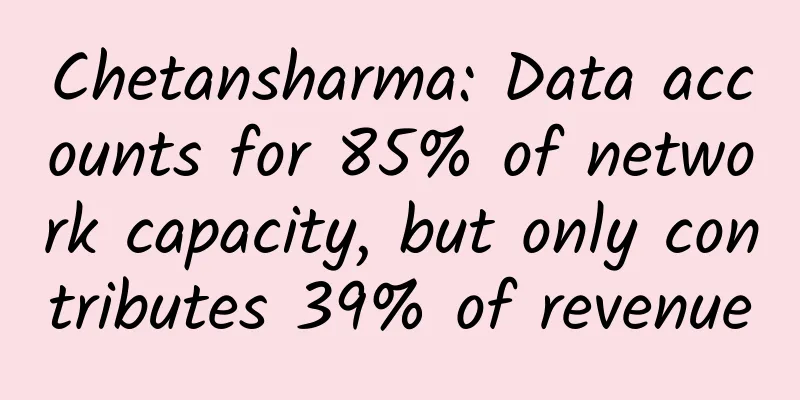Chetansharma: Data accounts for 85% of network capacity, but only contributes 39% of revenue

|
According to a report by mobile analyst Chetan Sharma, 85% of the network traffic of the four major mobile operators in the United States is pure data, but it only contributed 39% of business revenue in the fourth quarter of last year. The operators' networks have been digitized, but the main source of income is still voice services. US mobile market: Data as a percentage of ARPU Sharma's report also shows that operators' total revenue is increasing, mainly driven by the growth of data services, and is expected to grow from $67 billion in 2011 to $80 billion by the end of 2012. However, operators' average user revenue is declining, and for every 52 cents of data service fees added by operators, they will lose 96 cents of voice charges. Judging from the surface data, the prospects of operators are not optimistic: the future of mobile operators is to use data revenue to replace voice revenue, but the decline of voice revenue is much faster than the growth of data revenue. Moreover, operators use much more network resources to provide $1 of data service than to provide $1 of voice service. But the reported data doesn’t tell the whole story. While 85% of traffic is data services, the networks that carry that data are much more efficient than they used to be. Carriers can now offer megabits of data bandwidth, whereas in the past they could only offer dial-up speeds or a few dozen voice calls with the same infrastructure and spectrum investments. These dramatic gains in network efficiency mean that carriers are now well-positioned to make money in the all-data era—as long as they keep upgrading their networks. US mobile market: Data revenue of the four major operators However, the decline in voice revenue is still a big problem. Voice accounts for a large proportion of operators' revenue, but only occupies a small part of network resources. If VoIP services are fully promoted, they will eat up a large part of operators' average user revenue, which will force operators to establish new business models around data. This does not mean that data cannot make money, but it will make much less money. Operators are faced with the choice of whether to force consumers to consume data services. Sharma's report pointed out that less than 30% of American smartphone users use more than 1GB of mobile data per month. However, the data packages sold by operators are desperately stimulating data consumption. Verizon's lowest-end data package is $30 with 2GB of data. In AT&T's latest pricing plan, users can choose an entry-level package of $20 with 300MB of data flow, but the second-tier package is suddenly raised to $30 with 3GB of data flow. This means that most American smartphone users may face such a problem: the data flow in the package is simply not enough. Compiled by: IT Manager Network |
<<: Photo sharing service Instagram: 150 million users in 3 years
>>: Please be alert if you experience these symptoms, as they may be warning signs of a stroke!
Recommend
The zoo has issued a "fruit ban", how should we eat fruit? | Ficus microcarpa
Eating fruit in the zoo can cause diabetes . Is f...
Does dragon fruit have the effect of breast enhancement?
Dragon fruit is a kind of fruit that many people ...
Pelvic inflammatory disease pain when moving
Women should pay attention to the health of their...
What should a woman eat when she has cold sweats?
Menopause is a stage that every woman needs to go...
Another major discovery: fungi can actually enter the body and cause tumors?
Fungal flora are less abundant than bacteria in t...
What are the symptoms of breast nodules
Staying up late often is a bad habit that many pe...
Why is the belly hard when pregnant at 38 weeks?
Pregnant women will experience a hard stomach dur...
What are some tips for girls to get rid of armpit hair?
Everyone has sweat glands in the body after birth...
Can I take Ryukakusan during breastfeeding?
With the passage of time and technological develo...
How long does it take for the embryo and fetal heartbeat to appear?
At the beginning of pregnancy, the fertilized egg...
Normal value of luteinizing hormone on the third day of menstruation
Luteinizing hormone (LH) is metabolized by the pi...
The serious consequences of iron deficiency anemia should be taken seriously
Iron deficiency anemia is a very common phenomeno...
What is the cause of bleeding after IUD insertion?
IUD insertion is a method of contraception for fe...
Symptoms and pictures of vulva swelling
The private part is a very sensitive part of the ...









